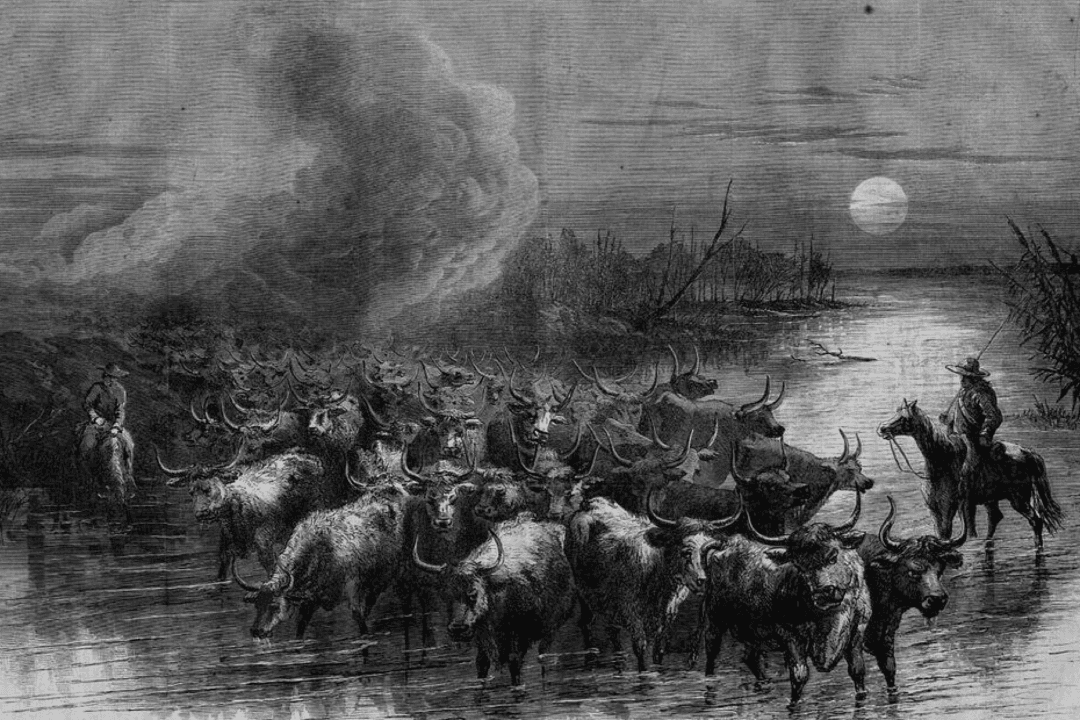If you were to visit Virginia City, Montana, today, you’d find a town that looks much like it did in May 1863. That’s when a rich placer deposit of gold was discovered in Alder Gulch, the streambed behind the town. Miners returning from gold fields in Bannack, Montana, stumbled across the gold, and despite a pledge to keep this find to themselves, word leaked out. Within three months, some 10,000 people inhabited the 14-mile streambed.
One of those people was Nelson Story. Born in Ohio in 1838, he was the youngest son of Ira Story, a Scotsman, and his wife Hanna, an Englishwoman. Growing up, Nelson farmed with his father. He later attended Ohio University, but he never graduated because his parents died.

